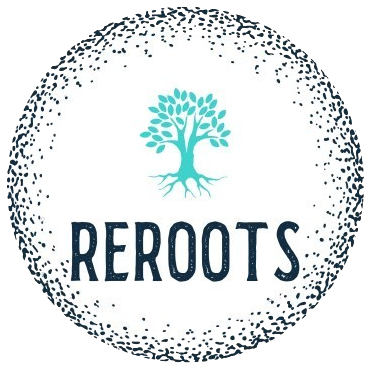The Birth of Environmental Compliance:
Sustainability started out as a mandate for environmental protection. In the second half of the 1900s, concerns about the environmental damage caused by the industrial revolution and the advent of fossil fuel-powered technology were beginning to spread among the leaders of developed countries. Thus, the first environmental conference where representatives from multiple different nations came together to discuss sustainability was hosted: the United Nations Stockholm Conference on the Human Environment in 1972.
Two years prior, the United States had commissioned their first major environmental law — the National Environmental Policy Act. This was the first indicator that the government was beginning to regulate corporations’ impacts on the environment. Shortly afterwards, acts such as the Clean Water Act and the Clean Air Act Amendments were also legislated and enforced. At this point in time, environmental compliance and sustainability, for organizations, was merely a requirement, and they would take no more action than was required (EPA).
Corporate Social Responsibility’s (CSR) Rise:
In 1997, with the signing of the Kyoto Protocol, a new wave of thinking began to emerge among the world’s leading organizations. The Kyoto Protocol was the first international agreement signed between nations committing to reduce greenhouse gas (GHG) emissions. Although the United States did not ratify this agreement, it spurred corporate awareness of carbon footprints.
Initiatives such as the Global Reporting Initiative (a global standard for voluntary sustainability reporting) and the introduction of LEED certification (recognitions by the U.S. Green Building Council of a building’s energy efficiency) signaled the start of Corporate Social Responsibility as a widely discussed and implemented phenomenon. Leaders were starting to believe that corporations held a social responsibility, that they must be ethical, and that they should take actions that would support the environment and community around them (GRI).
Sustainability As a Strategic Imperative:
By the 2010s, the importance of sustainability was becoming more apparent — so much so that the Paris Agreement was drafted and agreed upon in 2015 by over 190 countries, committing to limit global warming to 1.5 degrees Celsius.
However, a drastic change in thinking was just over the horizon. Larry Fink — the CEO of BlackRock, the world’s largest asset manager — declared that “profits and purpose are inextricably linked.” In other words, companies that are environmentally conscious and hold sustainable missions would inevitably outperform their unsustainable peers. ESG performance and metrics began influencing investor decisions.
As the United States passed the Inflation Reduction Act, its influence was now tangibly connected with higher returns on investment (ROI), with sustainable companies being able to unlock millions in grants and federal incentives (White House).
Current Developments in Compliance:
Since 2023, the Securities and Exchange Commission (SEC) has been discussing mandatory disclosures of Scope 1, Scope 2, and Scope 3 emissions. These disclosures would help investors make more informed decisions by enabling them to holistically consider a corporation’s environmental standing and any risks associated.
For reference:
- Scope 1 emissions represent direct emissions from sources owned or controlled by a company.
- Scope 2 represents indirect emissions from purchased electricity, steam, heating, and cooling.
- Scope 3 encompasses all other indirect emissions that occur in a company’s value chain — from suppliers to consumers (SEC).
References
- “Clean Air Act Overview.” United States Environmental Protection Agency, https://www.epa.gov/clean-air-act-overview.
- “Clean Water Act.” United States Environmental Protection Agency, https://www.epa.gov/laws-regulations/summary-clean-water-act.
- “Inflation Reduction Act Guidebook.” The White House, https://www.whitehouse.gov/cleanenergy/inflation-reduction-act-guidebook/.
- “Kyoto Protocol.” United Nations Climate Change, https://unfccc.int/kyoto_protocol.
- Fink, Larry. “A Fundamental Reshaping of Finance.” BlackRock, https://www.blackrock.com/corporate/investor-relations/larry-fink-ceo-letter.
- “LEED Rating System.” U.S. Green Building Council, https://www.usgbc.org/leed.
- “National Environmental Policy Act (NEPA).” United States Environmental Protection Agency, https://www.epa.gov/laws-regulations/summary-national-environmental-policy-act.
- “Paris Agreement.” United Nations Climate Change, https://unfccc.int/process-and-meetings/the-paris-agreement/the-paris-agreement.
- “Proposed Rules to Enhance and Standardize Climate-Related Disclosures.” U.S. Securities and Exchange Commission, https://www.sec.gov/news/press-release/2022-46.
- “Stockholm Conference 1972.” UNEP, https://www.unep.org/events/conference/un-conference-human-environment-stockholm-50.
- “The Global Reporting Initiative.” GRI, https://www.globalreporting.org/.

